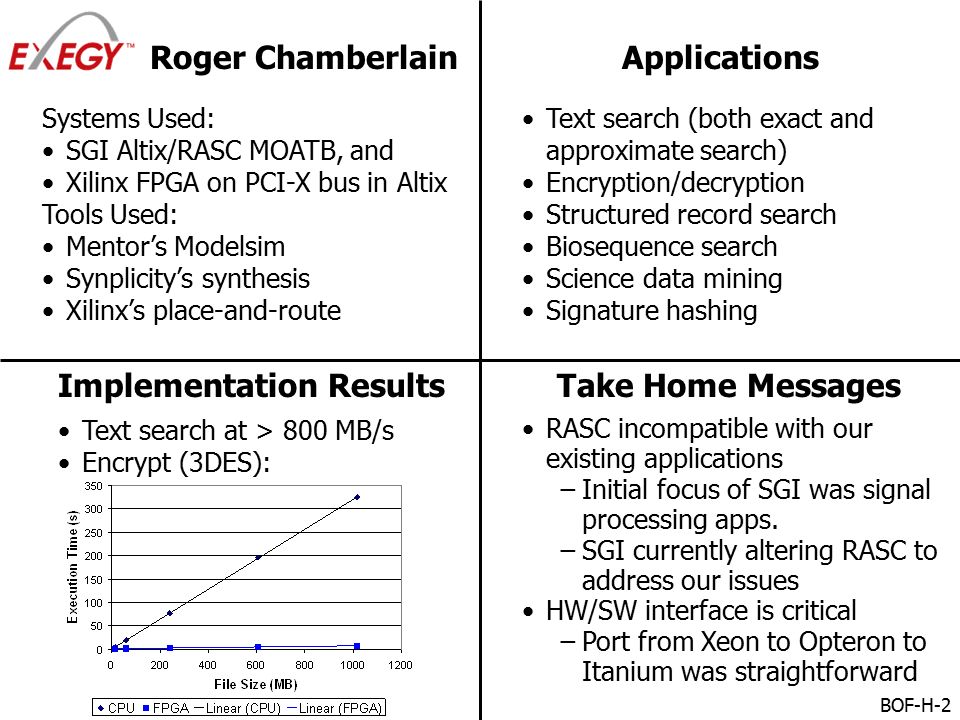

- #SYNPLIFY PRO ON XEON DRIVERS#
- #SYNPLIFY PRO ON XEON DRIVER#
- #SYNPLIFY PRO ON XEON SOFTWARE#
- #SYNPLIFY PRO ON XEON PROFESSIONAL#
So returns for (what should be) reasons other than defective merchandise It seems that HP has already released a datasheet showing the HP ZBook 17 G3 Mobile Workstation as being offered with the E3-1575 v5, which Intel lists as a whopping $1207. Now that there are two pairs of CPUs on Intel’s pricing list that are identical aside from the eDRAM, we have to go searching for a source. One of the big tasks this year will be to see how the eDRAM, in the new guise as a DRAM buffer, makes a difference to consumer and enterprise workloads. That still doesn’t stop desktop users requesting it as well – the fact that the jump from 4+2 to a 4+4e package is only $55-$56 means that if we apply the same metrics to desktop processors, an i5-6600K with eDRAM would be $299 in retail (vs.
#SYNPLIFY PRO ON XEON PROFESSIONAL#
eDRAM has always been seen as a power play for heavy DRAM workloads, which arguably occur more in professional environments. The fact that Intel is approaching the mobile Xeon market first, rather than the consumer market as in Haswell, should be noted. We go into more detail on the changes to Skylake’s eDRAM in our microarchitecture analysis piece, back from September.
#SYNPLIFY PRO ON XEON DRIVER#
While the purpose of the eDRAM is to be as seamless as possible, Intel is allowing some level on control at the driver level allowing textures larger than the 元 to reside only in eDRAM in order to prevent overwriting the data contained in the 元 and having to recache it for other workloads. Also, for display engine tasks, it can bypass the 元 when required in a standard DRAM access scenario. The underlying message is that the eDRAM is now observed by all DRAM accesses, allowing it to be fully coherent and no need for it to be flushed to maintain that coherence.
#SYNPLIFY PRO ON XEON DRIVERS#
Technically graphics workloads still need to circle around the system agent, perhaps drawing a little more power, but GPU drivers need not worry about the size of the eDRAM when it becomes buffer-esque and is accessed before the memory controller is adjusted into a higher power read request. As a result, other hardware that communicates through the system agent (such as PCIe devices or data from the chipset) and requires information in DRAM does not need to navigate through the 元 cache on the processor.
#SYNPLIFY PRO ON XEON SOFTWARE#
Rather than acting as a pseudo-L4 cache, the eDRAM becomes a DRAM buffer and automatically transparent to any software (CPU or IGP) that requires DRAM access. With Skylake, this changes, the eDRAM lies beyond the 元 and the System Agent as a pathway to DRAM, meaning that any data that wants DRAM space will go through the eDRAM in search for it. This also meant that the eDRAM was invisible to any other devices on the system, and without specific hooks couldn’t be used by most software or peripherals. It was used as a victim cache, such that data that was spurned from the 元 cache on the CPU ended up in eDRAM, but the CPU could not place data from the DRAM into the eDRAM without using it first (prefetch prediction). With the older platforms, the eDRAM was not a proper bidirectional cache per se. We have more reasons to be excited over the eDRAM in Skylake than what we saw before in Haswell with the i7-4950HQ on mobile and Broadwell on desktop with the i7-5775C, i5-5765C and the relevant Xeons. That is for both the increase in graphics EUs (24 to 72) as well as that extra on-package eDRAM. Xeon E3-1505M v5 (8M cache, 4 Cores, 8 Threads, 2.80 GHz, 14nm) - $434Īs Sweepr points out, the difference between the 2.8-2.9 GHz parts is only $55-56. These will compare to the non-Iris Pro counterparts, running P530 graphics (4+2, 24 EUs): At the minute we assume it’s the 128 MB edition as Intel’s roadmaps have stated a 4+4e part only on mobile, rather than a 4+3e part with 64 MB (only the 2+3e parts are listed as 64MB), although we are looking for confirmation. Using their latest graphics microarchitecture, Gen9, Iris Pro packs in the most execution units (72) as well as a big scoop of eDRAM. Iris Pro is Intel’s name for their high end graphics solution. The Braswell parts and Skylake Celerons were disclosed over the past few months are now available to OEMs, but it’s the parts with Iris Pro that have our attention. One of our forum members, Sweepr, posted Intel’s latest pricing list for OEMs dated the 24 th of January and it contained a number of interesting parts worth documenting.


 0 kommentar(er)
0 kommentar(er)
